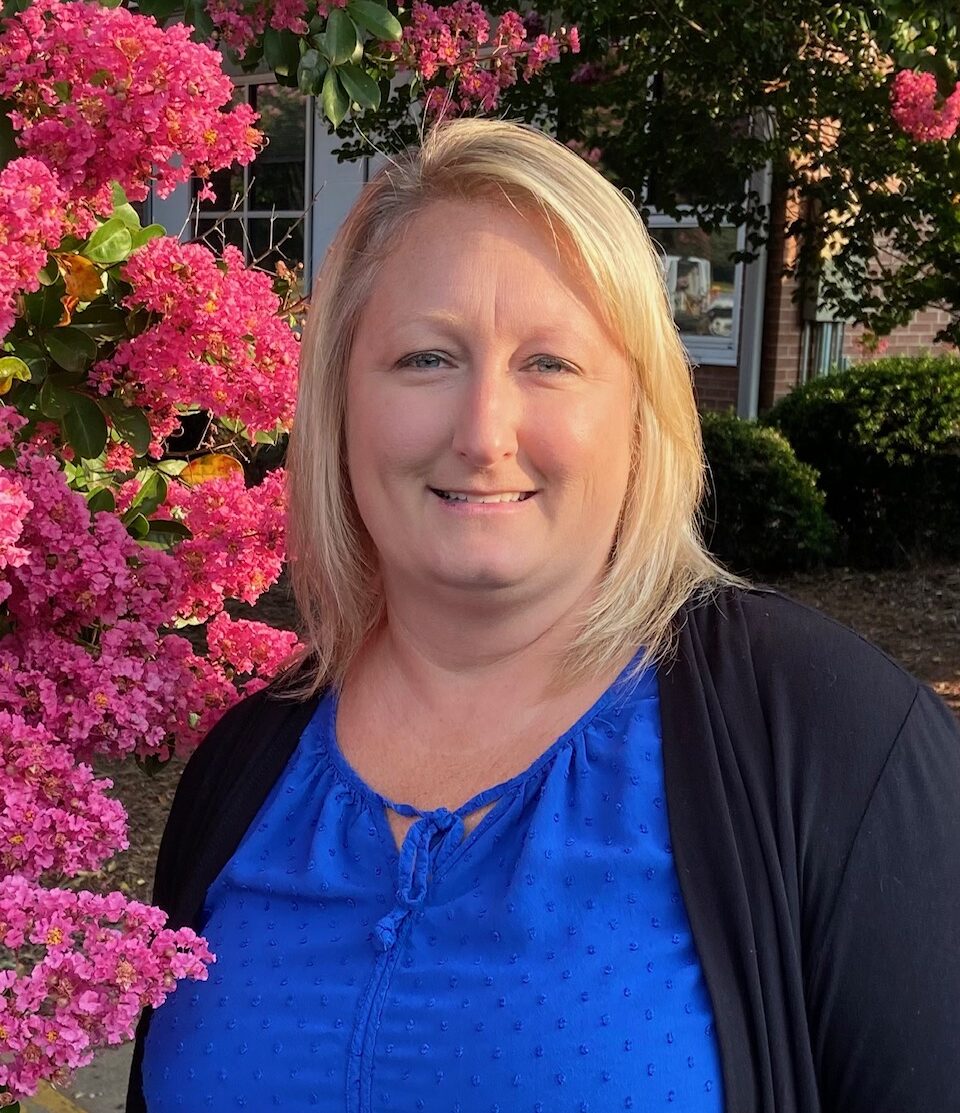
Lisa Brooks
Oakwood Middle School
Statesville, North Carolina
lisa_brooks@iss.k12.nc.us
Best Practices
1) A best practice that I employ each year is “back tracking” data to schedule students from Day 1 of school for their academic support/MTSS intervention classes. Being in a choice middle school, we have 15 feeder schools that send us students. I spend the 3 weeks that I am employed in the summer to track down diagnostic data and End of Grade standardized testing data from these schools. As those who work in middle schools know, there is relatively no MTSS model for middle schools that have been proven effective and reproduceable. What I have learned above all else is that time is the biggest key in helping teachers close student academic gaps. Because of this, I hand schedule with my data manager 500 hundred students into their appropriate intervention or enrichment class. This affords teachers time to begin to assess student ability and the correlation to their diagnostic data from the previous year. By doing this over the summer, it gifts teachers 3-4 weeks of time to intervene before we get current data. By the end of the 1st month of school, we give the diagnostic again. This allows us to triangulate the data to ensure students are scheduled accordingly. If not, groups change. This is a fluid process throughout the year as gaps arise or gaps close and kids move in or out of classes that focus on interventions. At middle of the year, my teachers and students in reading have indicated on their middle of the year diagnostic to have the highest proficiency and highest growth out of our entire district – 38 schools. Math is not far behind. My teachers attribute this to the time allotted to them from day 1. This is a practice we will continue.
2) A second best practice that I use is one more aligned with building culture. As many schools face issues coming back from the pandemic, one we see a lot is a negative change in habits of some of our students. As a school, we want students to see our culture as one of the importance of learning. We have to re-train students on what and how to do many things. After the first grading period, we identified students who are not being successful. This criteria was determined by our Academic Goal Team. With each student who was identified, I partnered them up with a “Check and Connect” mentor. This is a program in which a teacher or staff member becomes an in house mentor to a student(s). Each mentor meets with their mentee once a week to discuss grades, assignments, attendance, behavior, and problem solves ways to improve. This is a supportive meeting and not a derogatory/degrading meeting. This mentorship will continue throughout the end of the year – EVEN if students improve, we don’t want to remove the support that may have gotten them there. Along with “Check and Connect” for academics, we begin behavior plans for students whose negative habits are affecting classroom behavior. With these behavior plans, we set goals based around behaviors that need improved and identify rewards for attaining these goals. The behavior plans allow students to earn points in each class each day. The goals are based around points earned, not things taken away. Each behavior plan implemented also has a mentor monitoring it. This mentor also meets with the student weekly to discuss points earned and behaviors indicated on the forms by teachers. It is a learning model not a punitive model. Students are loving both of these interventions put in place to support the learning culture at our school and habits of our students.


